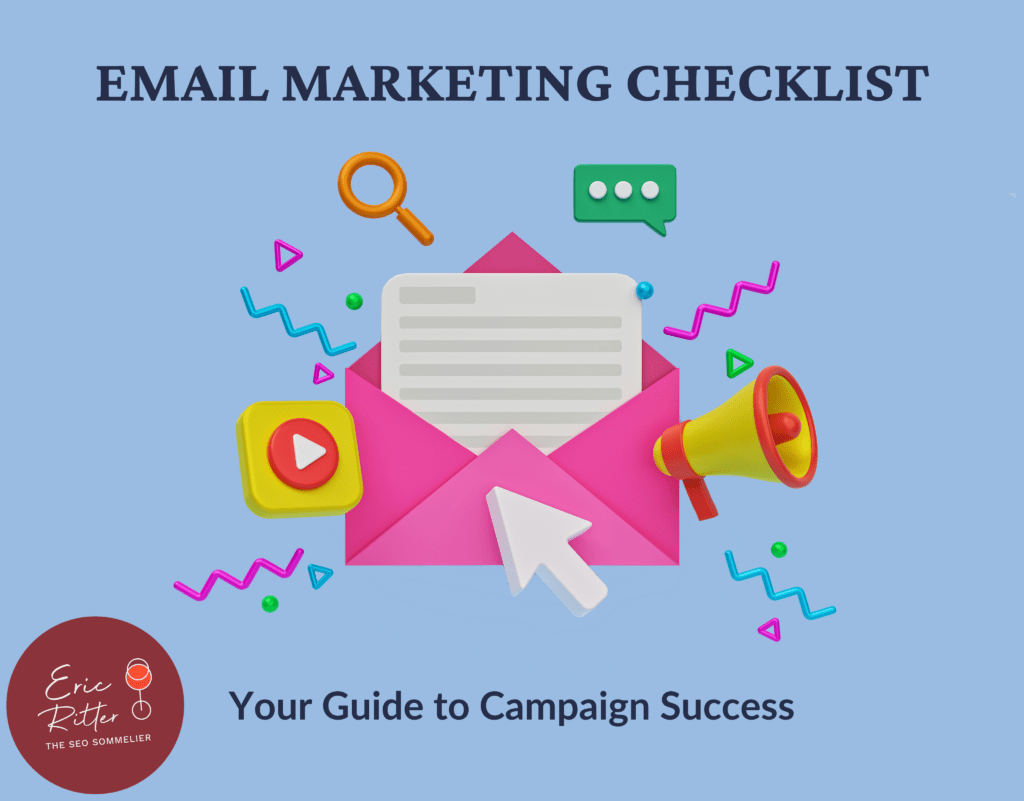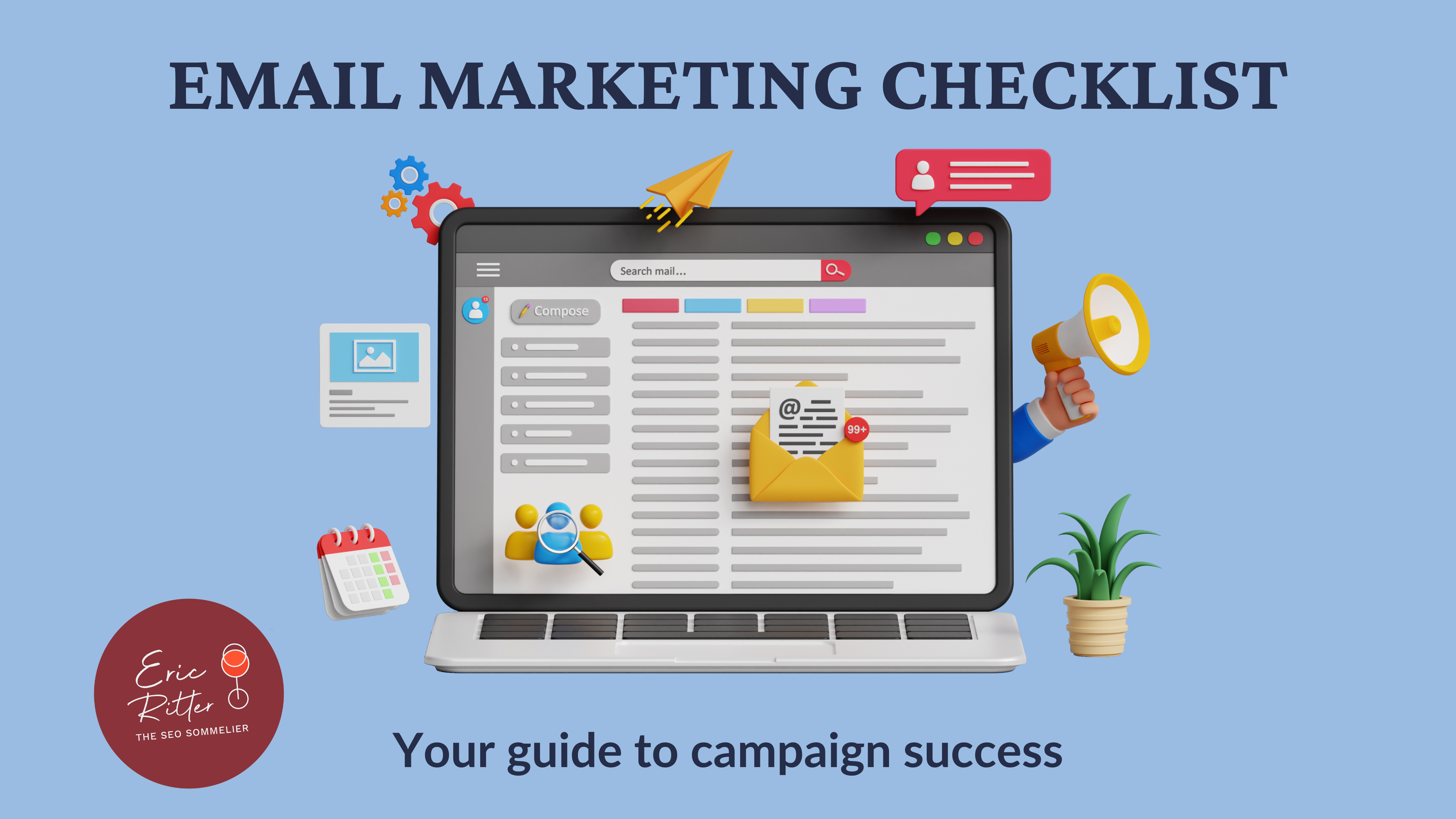Email Marketing: Your Guide to Paid Campaign Success
Years ago, with the rise of social media, email marketing was pronounced dead. But nowadays, it has risen from its grave and evolved as a reliable tool for engaging with the audience, consolidating brand identity, and driving conversions.
Think of email as the evolution of handwritten letters—a medium where care, authenticity, and value shine through. Following the right approach, email marketing can be an impactful channel for building and strengthening relationships and driving measurable results. Ready to make email marketing work for you? Let’s dive into why it matters and how to do it right.
Why Email Marketing Matters
Email marketing is a cornerstone of any digital strategy, offering numerous advantages for businesses of all sizes. Beyond its measurable ROI and ability to drive conversions, it serves as an additional touchpoint in your customer’s journey. It nurtures relationships and reinforces your brand messaging. Here are the key benefits:
- Re-engage Customers: Stay top-of-mind with existing and potential customers and bring them back to your website or store. Guide them toward the final step in their customer journey.
- Consolidate Your Brand Identity: Build a consistent and memorable brand presence in your audience’s inbox. Strengthen trust and showcase your expertise by sending emails on topics relevant to your audience.
- Drive Conversions: Generate sales and leads with well-timed, targeted messages, follow-ups and calls to action. Personalized follow-ups can nudge customers to complete their purchases, turning interest into conversions.
Want to learn how to elevate your email marketing game? Let’s dive into the actionable steps laid out in this Email Marketing Checklist.
The Essential Email Marketing Checklist

Let’s break down each section of this checklist with actionable steps and insights.
1. Build Your Email Database
A thriving email campaign starts with the right list of subscribers. Make it easy for people to join your list through both digital and offline methods. Keep building and growing your database.
Action Steps:
- Create Pop-Up Forms: Use intuitive pop-ups on your website to capture visitor emails.
- Leverage Offline Opportunities: Combine the traditional method with the digital medium. Use sign-up sheets at your store’s register or during events to connect offline visitors to your online campaigns.
- Cross-Promote on Social Media: Share the benefits of joining your email list with your followers. Redirect them to your website to subscribe to your newsletter or to access exclusive offers.
- Use Incentives: Use clear incentives, like discounts, early access to promotions, exclusive content or loyalty rewards.
Email Database Building Helpful Links:
Pro Tip: Always prioritize quality over quantity—be cautious of buying email lists if you want to maintain your sender reputation. Some platforms like Mailchimp and HubSpot won’t even allow you to upload purchased lists.
2. Segment Your Audience
Personalization is key to stand out. Not all customers are the same, so you will want to avoid sending generic, repetitive emails.
Action Steps:
- Use Demographics: Use the conventional segmentation: group by age, location, or interests to tailor content.
- Identify Purchase Behavior: Customize emails based on whether someone has purchased before, is a frequent customer, or is a brand new potential client. This way, your emails will align with their experience with your business and stage in their buying journey.
- Cater to Preferences: Different audiences will value different ways. For example, Gen Z appreciates individuality and authenticity and will favor content that reflects that.
Audience Segmentation Helpful Links:
- The Importance Of Email Segmentation For Your Campaigns
- 30 Ways to Slice Your Email Database
- Gen Z: What The Coming Generation Wants In Their Inbox
Pro Tip: Personalized emails can generate higher transaction rates. People are more inclined to interact with content that resonates with them. Start small and refine over time.
3. Craft Compelling Subject Lines
The subject line is the most important part of your email. In as little as 3 seconds or less, the recipient will decide whether to open the email or ignore it.
Action Steps:
- Keep it Short: Aim for subject lines of 50 characters or 10 words, or even less. It has to be one line that doesn’t get cut off.
- Be Clear: Be descriptive and make sure that what you offer in the subject line aligns with the body of the email.
- Make it Engaging: Use relatable language, pose intriguing questions, or highlight benefits to encourage readers to open and engage with your emails.
Subject Lines Helpful Links:
Pro Tip: Authenticity is key. Avoid clickbait—nobody likes to feel deceived.
4. Design For Mobile
With almost 50 % of emails opened on mobile devices, responsive design is crucial to deliver a seamless experience.
Action Steps:
- Optimize For Every Device: Ensure your email layout looks good and adjusts smoothly to fit all screen sizes, from smartphones to tablets and desktops.
- Highlight CTAs: Make your call-to-action buttons bold, prominent, and easy to tap, ensuring they’re not too small or buried in the content.
- Test Load Times: Optimize image sizes and compress files to ensure fast loading on mobile devices without compromising quality.
Mobile Optimization Helpful Links:
- Mobile Email Optimization: A 5-Step Guide
- Responsive Emails: Designs, Templates, and Examples for 2024
- Impact of Mobile Use on Email Engagement
Pro Tip: An unresponsive design or hard-to-access CTAs frustrate users and reduce engagement. Always test emails across a variety of devices and operating systems to ensure a consistent user experience.
5. Test & Optimize
Testing and optimizing are crucial for every digital strategy. Nothing is perfect out of the gate, keep testing and adjusting as needed.
Action Steps:
- Run A/B Tests: Experiment with different subject lines, formats, and send times to see what resonates best with your audience.
- Analyze Results: Use email marketing platforms to evaluate key metrics such as open rates, click-through rates, and conversions for each test.
- Iterate and Improve: Apply the insights gained from testing to fine-tune your campaigns, ensuring each iteration performs better than the last.
Testing & Optimizing Helpful Links:
Pro Tip: Leverage tools like Mailchimp’s time optimization feature to send emails at moments when recipients are most likely to engage.
6. Track Key Metrics
Keeping track of the relevant metrics for your business is an ongoing and necessary effort to ensure your campaigns deliver ROI and meet the goals.
Optimizing Landing Pages Action Steps:
- Identify Metrics: Determine which metrics align with your campaign goals, whether it’s conversions, audience engagement, or brand visibility.
- Calculate Your Email’s Worth: Use tools like Google Analytics to evaluate the monetary value generated by your email campaigns.
- Apply Your Findings: Adjust your strategy based on data to optimize results. Which emails are getting better results? Those with more or fewer graphics? Shorter or longer emails?
Email Metrics Helpful Links:
- How can you measure email newsletter ROI with Google Analytics?
- 8 Email Marketing Metrics You Should Track
Pro Tip: Always align your email performance metrics with your broader business objectives for maximum impact.
7. Automate Your Campaigns
Leverage automation in your campaigns to maintain consistent engagement at every stage of the customer journey.
Action Steps:
- Set Up Welcome Sequences: Engage new subscribers with a series of personalized emails that introduce your brand and offerings.
- Enable Re-Engagement Campaigns: Target inactive subscribers with special offers or updates to rekindle their interest.
- Create Abandoned Cart Emails: Encourage customers to complete their purchases by sending reminders and exclusive discounts for items left in their carts.
Automation Helpful Links:
Pro Tip: Automation not only saves time but also ensures your audience receives timely, relevant messages while freeing up your team’s resources for strategic tasks.
Email Marketing Best Practices
Email marketing works best when it’s engaging, valuable, and respectful of your audience’s preferences. Adhering to legal guidelines like the Federal Trade Commission’s CAN-SPAM Act is essential to maintaining trust and credibility.
This includes ensuring every email has a clear “From” and “Subject” line, displaying your business’s name and valid physical address, and letting recipients know how they got on your list. Transparency and respect go a long way in building audience trust and loyalty.
- Don’t use false or misleading information: The “From,” “To,” “Reply-To,” and “Subject” fields must accurately reflect the content and identify your business.
- Include a Physical Address: Every email must display your business’s valid physical address.
- Honor Opt-Out Requests: Provide a clear, easy way to unsubscribe and act on these requests promptly.
Access here the full CAN-SPAM Act: A Compliance Guide for Business.
Why This Email Marketing Checklist Is Your Secret Weapon
By following this checklist, you’ll set the stage for email marketing campaigns that captivate, convert, and build lasting relationships. Cheers to your email marketing success!
Download the PPC Checklist Now
Ready to dive deeper into Email Marketing? Download the full checklist to get step-by-step instructions and pro tips for optimizing your Email Marketing campaigns. If you’re looking for a more personalized assessment, contact Eric Ritter, the SEO Sommelier, for a Neighborly Roadmap tailored to your business.



